

Articles
How To Store Cold Cuts
Modified: December 7, 2023
Learn the best methods for storing cold cuts in this comprehensive collection of articles. Keep your deli meats fresh and delicious for longer!
(Many of the links in this article redirect to a specific reviewed product. Your purchase of these products through affiliate links helps to generate commission for Storables.com, at no extra cost. Learn more)
Introduction
Cold cuts, also known as lunch meats or deli meats, are a popular choice for sandwiches, salads, and charcuterie boards. They come in various forms, including ham, turkey, roast beef, salami, and more. While they are a convenient and delicious option for quick meals, proper storage is crucial to ensure their freshness, flavor, and safety.
Improper storage of cold cuts can lead to bacterial growth, loss of taste, and potential foodborne illnesses. The right storage methods can help preserve the quality of the cold cuts and extend their shelf life. In this article, we will explore the importance of proper cold cuts storage and provide useful tips on how to store them effectively.
So, whether you have leftover cold cuts from a family gathering or you want to stock up on your favorite deli meats, read on to learn the best practices for storing cold cuts.
Key Takeaways:
- Proper storage of cold cuts is crucial for maintaining freshness, flavor, and safety. Consider factors like use-by date, packaging, and storage duration to ensure optimal quality and minimize waste.
- Whether storing cold cuts in the refrigerator or freezer, follow safe practices to maintain their quality. Proper handling, serving, and reheating techniques are essential for a delightful and safe dining experience.
Read more: When Is It Too Cold To Cut Grass
Why Proper Storage of Cold Cuts is Important
Proper storage of cold cuts is essential for several reasons. Firstly, it helps maintain the freshness and flavor of the meat. Cold cuts are highly perishable and can quickly spoil if not stored correctly. When exposed to improper storage conditions, such as temperature fluctuations or incorrect packaging, cold cuts can lose their taste and texture, becoming dry or rubbery.
Secondly, proper storage helps prevent the growth of harmful bacteria. Cold cuts are processed meats, and they can harbor bacteria such as Listeria monocytogenes, which causes Listeriosis. This bacterium can grow and multiply at refrigeration temperatures, making it crucial to store cold cuts properly to inhibit bacterial growth.
Furthermore, storing cold cuts properly helps minimize the risk of foodborne illnesses. When cold cuts are left at an unsafe temperature for an extended period, bacteria can multiply rapidly, increasing the likelihood of contamination. By following recommended storage methods, you can reduce the risk of consuming contaminated cold cuts and protect yourself and your family from potential illness.
Lastly, proper storage also helps reduce food waste. When cold cuts are stored correctly, they maintain their quality and freshness for an extended period, reducing the need to throw away expired or spoiled meat. This not only saves money but also minimizes the environmental impact of wasted food.
Overall, understanding the importance of proper storage for cold cuts is crucial for maintaining their quality, ensuring food safety, and minimizing waste. By following the appropriate storage methods, you can enjoy delicious and safe cold cuts for longer periods, without compromising on taste or risking your health.
Factors to Consider Before Storing Cold Cuts
Before storing cold cuts, there are several factors to consider to ensure their freshness and safety. Taking these factors into account will help you determine the best storage method and conditions for your deli meats. Here are the key considerations:
1. Use-by Date: Check the expiration or use-by date on the packaging of the cold cuts. It indicates the recommended date by which the meat should be consumed for optimal taste and safety. If the use-by date is approaching, it’s best to consume or freeze the cold cuts promptly.
2. Packaging: Pay attention to the packaging of the cold cuts. Most deli meats come in airtight packaging to maintain freshness. Ensure that the packaging is intact and not damaged, as this can lead to bacterial contamination.
3. Quality: Inspect the quality of the cold cuts. Look for any signs of discoloration, off odors, or slimy texture. These are indicators of spoilage, and the cold cuts should not be consumed or stored.
4. Quantity: Consider how much cold cuts you plan to consume. If you are buying a bulk quantity or have leftovers from a meal, you may need to freeze a portion to prevent waste and maintain freshness.
5. Storage Duration: Determine how long you need to store the cold cuts. This will help you decide whether to store them in the refrigerator for short-term use or freeze them for longer-term storage.
6. Safety Guidelines: Adhere to food safety guidelines when handling and storing cold cuts. Keep your hands clean, use separate utensils for different types of cold cuts to prevent cross-contamination, and avoid leaving them at room temperature for extended periods.
By considering these factors, you can make informed decisions about the storage of cold cuts and ensure their quality, safety, and optimal taste.
Types of Cold Cuts and Their Proper Storage Methods
There are various types of cold cuts available, each with its own unique flavor and texture. Here are some popular types of cold cuts and their recommended storage methods:
- Ham: Ham is a versatile cold cut that can be enjoyed in sandwiches, salads, or as a standalone dish. Unopened packages of ham can be stored in the refrigerator for up to a week. Once opened, tightly wrap the remaining ham in plastic wrap or place it in an airtight container. Use it within 3-5 days or consider freezing it for longer storage.
- Turkey: Whether oven-roasted or smoked, turkey is a lean and flavorful cold cut. Unopened packages of turkey can be stored in the refrigerator for up to a week. After opening, store the remaining turkey in an airtight container or resealable bag. Consume it within 3-4 days or freeze it for longer shelf life.
- Roast Beef: Roast beef is a tender and savory cold cut that pairs well with various condiments. Unopened packages of roast beef should be stored in the refrigerator and consumed within a week. Once opened, use plastic wrap or an airtight container to keep it fresh. Consume within 3-4 days or freeze for later use.
- Salami: Salami is a cured meat that adds a robust and spicy flavor to sandwiches and charcuterie boards. Unopened salami can be stored in the refrigerator for up to a month. Once opened, wrap it in plastic wrap or place it in a resealable bag. It can be stored for 2-3 weeks in the refrigerator or sliced and frozen for longer-term storage.
- Pepperoni: Pepperoni is a popular choice for pizza toppings and snacks. Unopened pepperoni can be stored in the refrigerator for up to three weeks. After opening, wrap the remaining slices tightly in plastic wrap or place them in an airtight container. Use within 1-2 weeks or freeze for longer shelf life.
Remember to always check the packaging or consult with the deli counter for specific storage guidelines for each type of cold cut. Properly storing these meats will help maintain their flavor and quality, ensuring a delicious experience every time you enjoy them.
General Tips for Storing Cold Cuts
When it comes to storing cold cuts, following these general tips will help ensure the freshness, flavor, and safety of your deli meats:
- Keep it cold: Cold cuts should always be kept cold to inhibit bacterial growth. Refrigerate them as soon as possible after purchase or use.
- Proper packaging: Store cold cuts in their original packaging if unopened. Once opened, transfer them to airtight containers or wrap them tightly in plastic wrap to prevent air exposure and maintain freshness.
- Separate and label: If you have multiple types of cold cuts, store them separately or label the containers to avoid cross-contamination of flavors and odors.
- Use clean utensils: Use separate utensils for handling different types of cold cuts to prevent cross-contamination.
- Avoid direct contact with other foods: To prevent potential contamination, store cold cuts away from raw meats and other perishable foods.
- Storage duration: Consume or freeze cold cuts within the recommended time frame to ensure optimal taste and quality.
- Rotate stock: When storing multiple packages of cold cuts, use the “first in, first out” rule. Consume older packages before opening new ones to prevent waste.
- Regularly clean the refrigerator: Regularly clean and sanitize your refrigerator to maintain a clean and odor-free environment for storing cold cuts.
- Monitor temperatures: Ensure that your refrigerator is set to a temperature of 40°F (4°C) or below to keep cold cuts chilled properly.
- Check for spoilage: Regularly inspect cold cuts for any signs of spoilage, such as discoloration, off odors, or slimy texture. If you notice any of these signs, discard the meat immediately.
By following these general tips, you can store cold cuts properly and enjoy their freshness and deliciousness for longer periods, while also reducing the risk of foodborne illnesses.
Store cold cuts in an airtight container or resealable plastic bag to prevent them from drying out. Place a piece of wax paper between slices to make them easier to separate. Keep them in the coldest part of the refrigerator, usually the back of the bottom shelf.
Read more: How To Store Cold Pressed Juice
Storing Cold Cuts in the Refrigerator
The refrigerator is the most common and convenient place to store cold cuts for short-term use. To ensure the freshness and safety of your deli meats, follow these guidelines for storing them in the refrigerator:
- Unopened Packaging: If the cold cuts are in unopened packaging, simply place them in the refrigerator as is. Make sure to check the use-by date and consume them before that date.
- Opened Packaging: Once you open the package of cold cuts, transfer them to an airtight container or wrap them tightly in plastic wrap. This helps prevent air exposure and slows down spoilage.
- Temperature: Set your refrigerator temperature to 40°F (4°C) or below to keep the cold cuts properly chilled. This temperature range inhibits bacterial growth and helps maintain the quality of the meat.
- Refrigerator Shelf Placement: Place the cold cuts on a designated shelf in the refrigerator, away from raw meats and other perishable foods. This reduces the risk of cross-contamination and maintains the freshness of the deli meats.
- Use within Recommended Timeframe: Consume opened cold cuts within 3-5 days for optimal freshness and flavor. It’s important to follow the recommended timeframe to minimize the risk of bacterial growth.
- Inspect for Spoilage: Regularly inspect the cold cuts for any signs of spoilage, such as changes in color, off odors, or slimy texture. If you notice any of these signs, discard the meat immediately.
It’s important to note that while refrigeration helps maintain the quality of cold cuts, it doesn’t extend their shelf life indefinitely. If you have leftover cold cuts that you won’t be able to consume within the recommended timeframe, it’s best to freeze them for longer storage.
By following these guidelines, you can store cold cuts properly in the refrigerator, ensuring their freshness and safety for delicious meals and snacks.
Storing Cold Cuts in the Freezer
If you have cold cuts that you won’t be able to consume within the recommended timeframe, freezing them is a great option for long-term storage. Freezing cold cuts helps preserve their freshness, flavor, and quality. Here’s how to properly store cold cuts in the freezer:
- Preparation: If the cold cuts are in open packaging, transfer them to freezer-safe, airtight containers or wrap them tightly in plastic wrap. For unopened packages, ensure they are tightly sealed to prevent freezer burn.
- Portioning: If you have a large quantity of cold cuts, consider dividing them into smaller portions. This will make it easier to thaw only the amount you need without refreezing the leftovers.
- Labeling: Label the containers or packages with the date of freezing. This helps you keep track of the storage timeframe and ensures you use the oldest cold cuts first.
- Freezer Temperature: Set your freezer temperature to 0°F (-18°C) or below to maintain the quality of the frozen cold cuts.
- Storage Duration: Cold cuts can typically be stored in the freezer for up to three months without significant loss of quality. However, for optimal taste and texture, it’s best to consume them within one to two months.
- Thawing: When you’re ready to use the frozen cold cuts, thaw them in the refrigerator overnight. This slow thawing process helps preserve their texture and taste. Avoid thawing them at room temperature, as it can promote bacterial growth.
- Single-use Portions: If you only need a portion of the frozen cold cuts, make sure to return the rest to the freezer immediately after taking what you need. This prevents unnecessary thawing and refreezing cycles.
By following these guidelines, you can safely store cold cuts in the freezer, ensuring they remain fresh and delicious for an extended period.
Remember, while freezing cold cuts helps maintain their quality, prolonged freezing can affect the texture and flavor. It’s recommended to consume them within the recommended storage timeframe for the best eating experience.
Reheating or Thawing Cold Cuts Safely
When it comes to reheating or thawing cold cuts, it’s important to follow safe practices to maintain their quality and prevent the growth of harmful bacteria. Here are some guidelines for safely reheating or thawing cold cuts:
- Reheating:
- If you prefer to enjoy your cold cuts warm, it’s best to heat them in the oven or on a stovetop rather than microwaving them. This helps maintain their texture and prevents them from becoming soggy.
- Place the cold cuts on a baking sheet or in a skillet and heat them in the oven or on the stovetop over medium heat until they reach an internal temperature of 165°F (74°C). Use a meat thermometer to ensure they are heated thoroughly.
- Avoid reheating cold cuts multiple times. It’s best to heat only the amount you plan to consume to avoid food waste.
- Thawing:
- The safest method for thawing frozen cold cuts is by transferring them from the freezer to the refrigerator. Place the frozen cold cuts in a container or on a plate and let them thaw in the refrigerator overnight.
- Thawing cold cuts in the refrigerator allows for even and slow thawing, minimizing the risk of bacterial growth.
- Once thawed, consume the cold cuts within 1-2 days. Avoid refreezing thawed cold cuts as it can affect their texture and quality.
- If you need to thaw the cold cuts quickly, you can use the defrost setting on your microwave. However, it’s important to note that this method may partially cook the edges of the cold cuts, so be cautious and continue cooking them thoroughly before consuming.
Remember, when reheating or thawing cold cuts, always handle them with clean hands and ensure that all surfaces, utensils, and cutting boards are properly sanitized. These practices help minimize the risk of cross-contamination and maintain food safety.
By following these guidelines, you can safely and effectively reheat or thaw cold cuts, ensuring they are delicious, safe to consume, and enjoyed to their fullest.
Best Practices for Handling and Serving Cold Cuts
Proper handling and serving of cold cuts are essential for maintaining their quality, flavor, and safety. Follow these best practices to ensure that your cold cuts are handled and served in the best possible way:
- Cleanliness: Always start by washing your hands thoroughly with soap and water before handling cold cuts. This helps prevent the transfer of bacteria and other contaminants.
- Separate Utensils: Use separate utensils for different types of cold cuts to prevent cross-contamination. This is especially important if you have cold cuts with different flavors or if some of them are not fully cooked.
- Serving Temperature: Serve cold cuts chilled or at room temperature, depending on personal preference. Placing them on a platter with ice or in a chilled serving dish can help maintain the desired temperature during a gathering or event.
- Serving Size: Consider the portion sizes when serving cold cuts. Aim for smaller portions to ensure that they are consumed within a reasonable timeframe and to prevent waste.
- Food Safety: Do not leave cold cuts out at room temperature for more than two hours. Bacteria can grow rapidly between 40°F (4°C) and 140°F (60°C), so it’s important to keep cold cuts chilled until they are served.
- Proper Storage: If there are any leftover cold cuts after serving, refrigerate them promptly to maintain their freshness. Follow the previous guidelines for storing cold cuts in the refrigerator or freezer.
- Serving Accompaniments: Enhance the enjoyment of cold cuts by serving them with fresh bread, rolls, condiments, and a variety of complementary cheeses. This allows your guests to create their own customized sandwiches or charcuterie boards.
- Labeling: If you have different types of cold cuts or if some of them have special ingredients (e.g., allergens), consider labeling them to inform your guests. This helps ensure that everyone can make informed choices and avoids any potential issues.
- Food Safety Education: If you are serving cold cuts at a gathering or event, it’s beneficial to provide some information about proper food handling and storage practices to your guests. This can help create awareness and promote a safe dining experience.
By following these best practices for handling and serving cold cuts, you can ensure that they are enjoyed safely and with maximum flavor, allowing you to create a delightful dining experience for yourself and your guests.
Read more: How To Store Cold Process Soap
Conclusion
Proper storage, handling, and serving of cold cuts are essential for maintaining their freshness, flavor, and safety. By following the guidelines outlined in this article, you can ensure that your cold cuts remain delicious and safe to consume.
When it comes to storage, consider factors such as use-by date, packaging, quantity, storage duration, and safety guidelines. These factors will help you determine whether to store cold cuts in the refrigerator or freezer, allowing you to make the most out of your purchase and minimize waste.
Storing cold cuts in the refrigerator requires attention to temperature, packaging, and proper handling. It’s important to use clean utensils, separate the cold cuts from other foods, and consume them within the recommended time frame to maintain their quality.
Freezing cold cuts is an excellent option for longer-term storage. Proper packaging, portioning, and labeling are crucial when freezing them. Following safe thawing practices and consuming the thawed cold cuts within the recommended time frame ensure their optimal taste and quality.
Whether reheating or serving cold cuts, it’s important to handle them with clean hands and follow food safety guidelines. Avoid leaving them at room temperature for too long and serve them chilled or at room temperature, accompanied by fresh bread, condiments, and other complementary items.
By incorporating these best practices into your storage, handling, and serving routines, you can enjoy the full flavor, freshness, and safety of your favorite cold cuts. Remember, food safety should always be a top priority, ensuring that you and your guests can savor every bite without any concerns.
So, go ahead and stock up on your favorite deli meats, apply these guidelines, and indulge in delicious sandwiches, salads, and charcuterie boards while enjoying peace of mind knowing that you have stored and served your cold cuts properly.
Frequently Asked Questions about How To Store Cold Cuts
Was this page helpful?
At Storables.com, we guarantee accurate and reliable information. Our content, validated by Expert Board Contributors, is crafted following stringent Editorial Policies. We're committed to providing you with well-researched, expert-backed insights for all your informational needs.
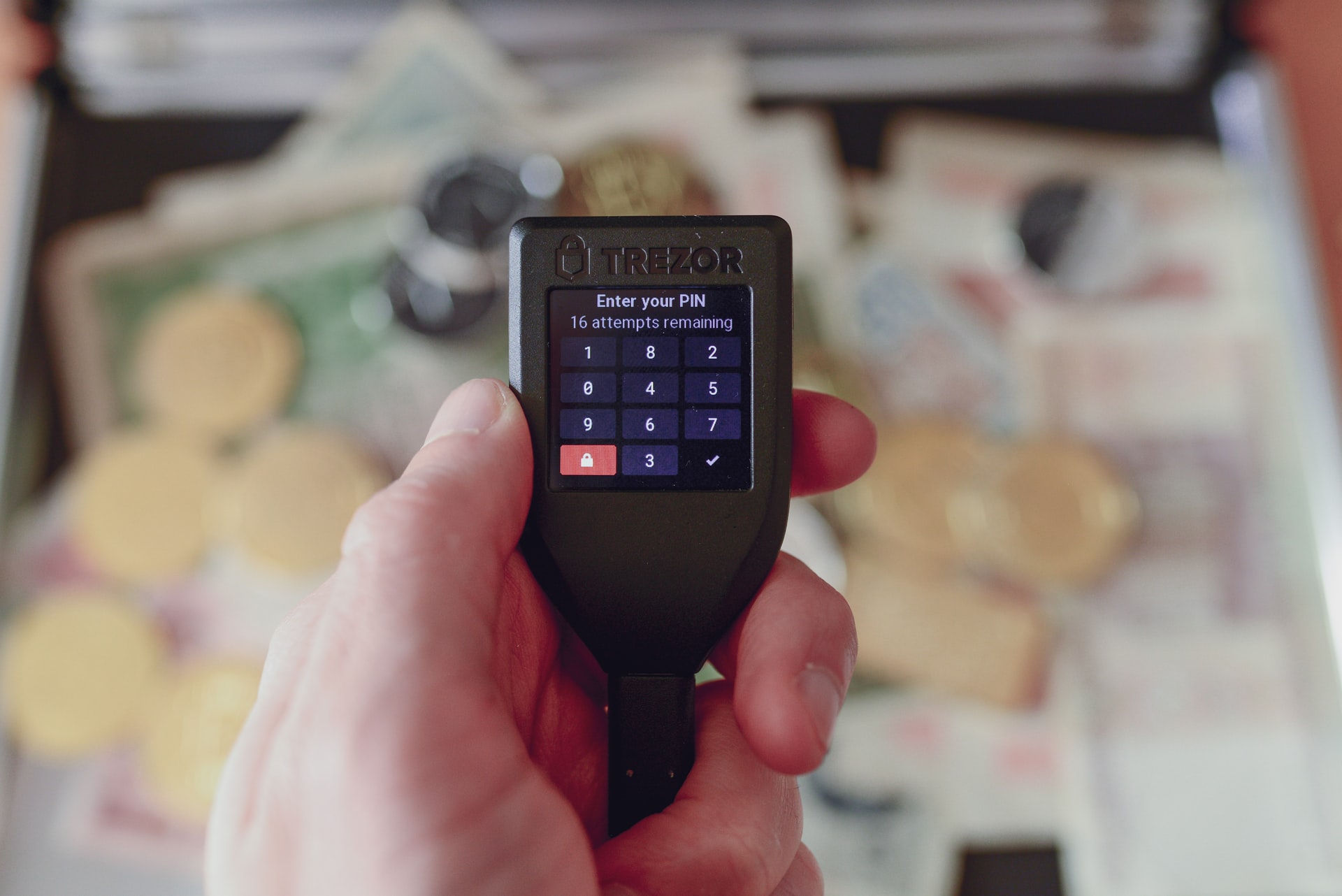


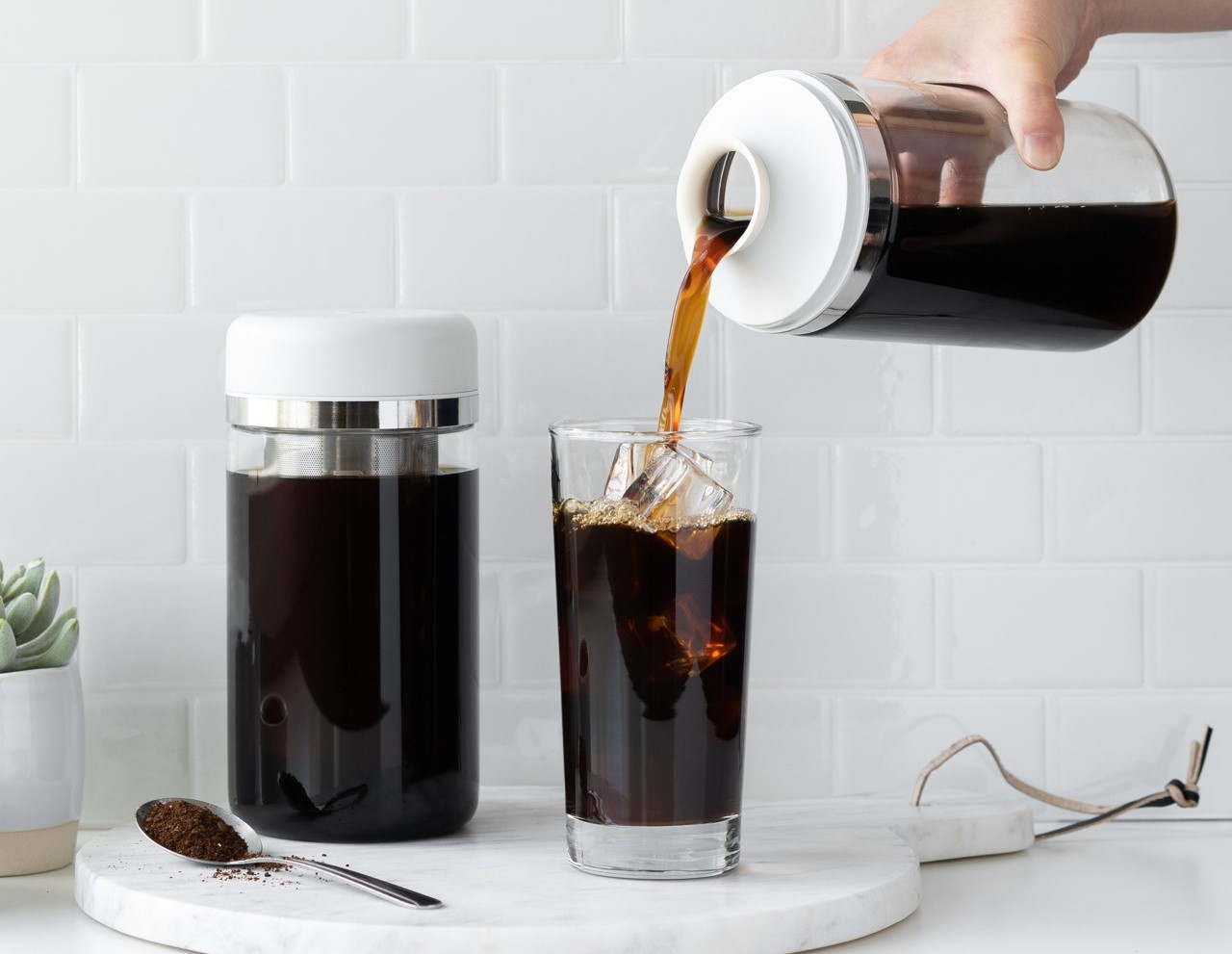
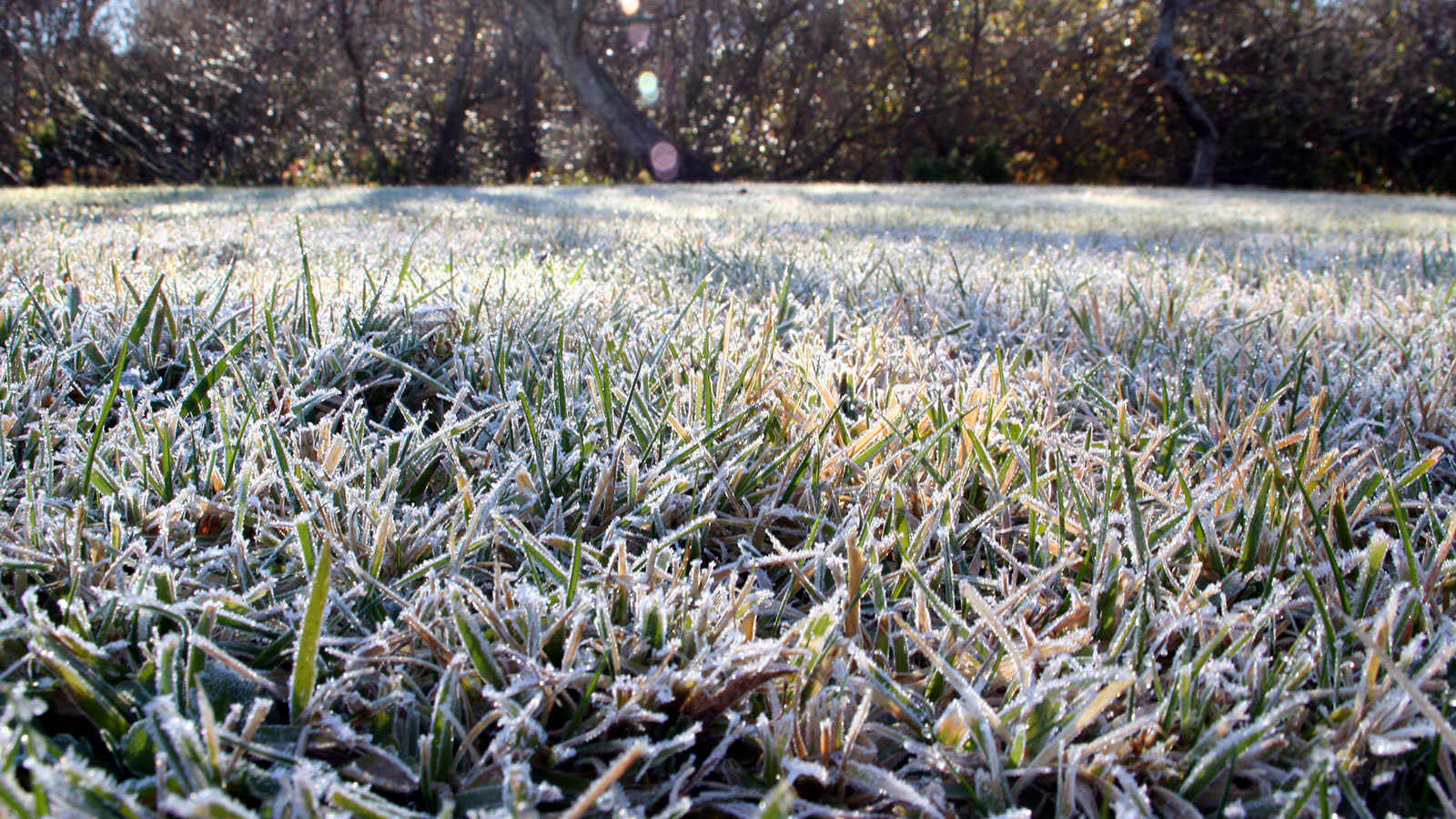
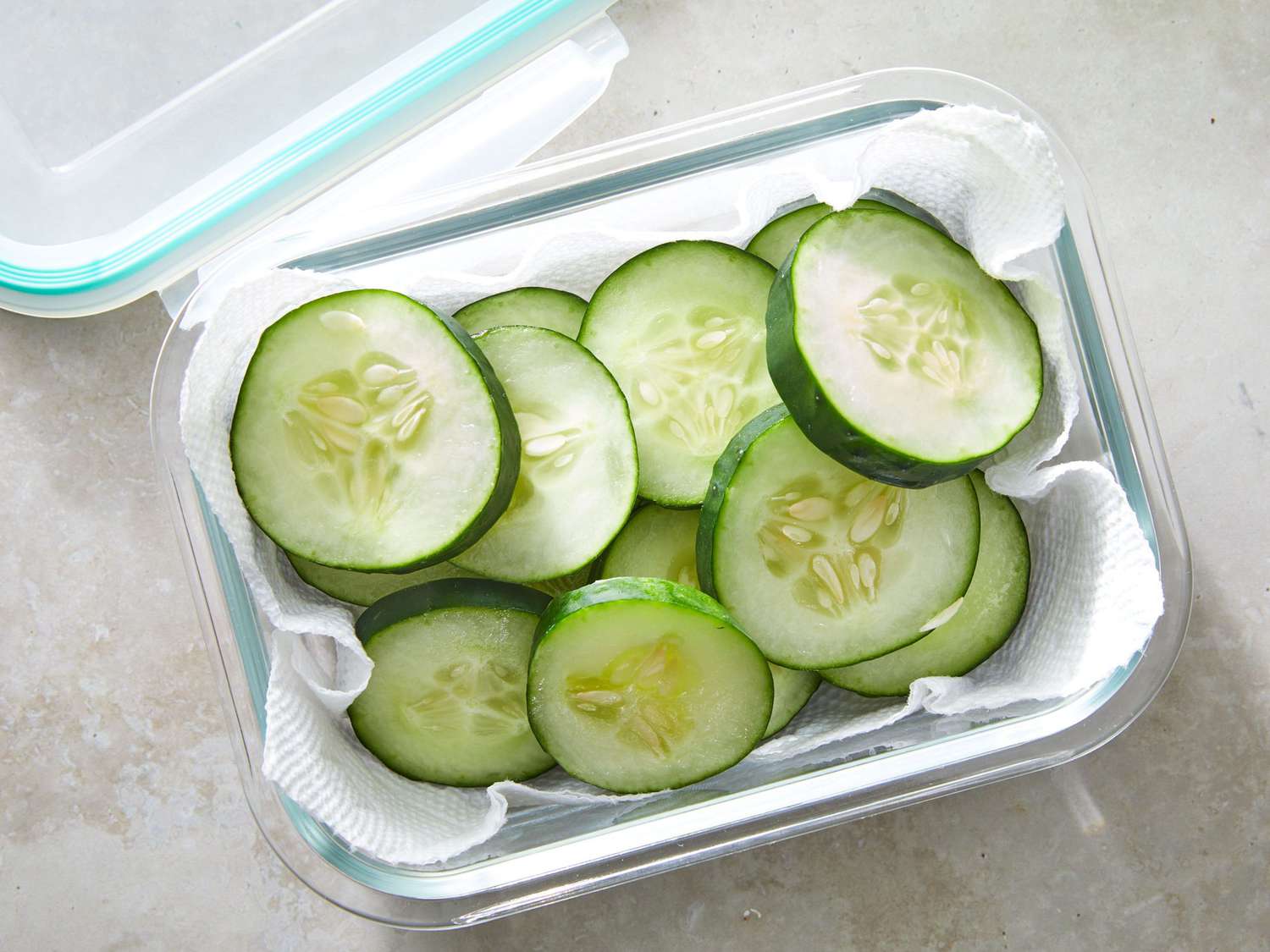

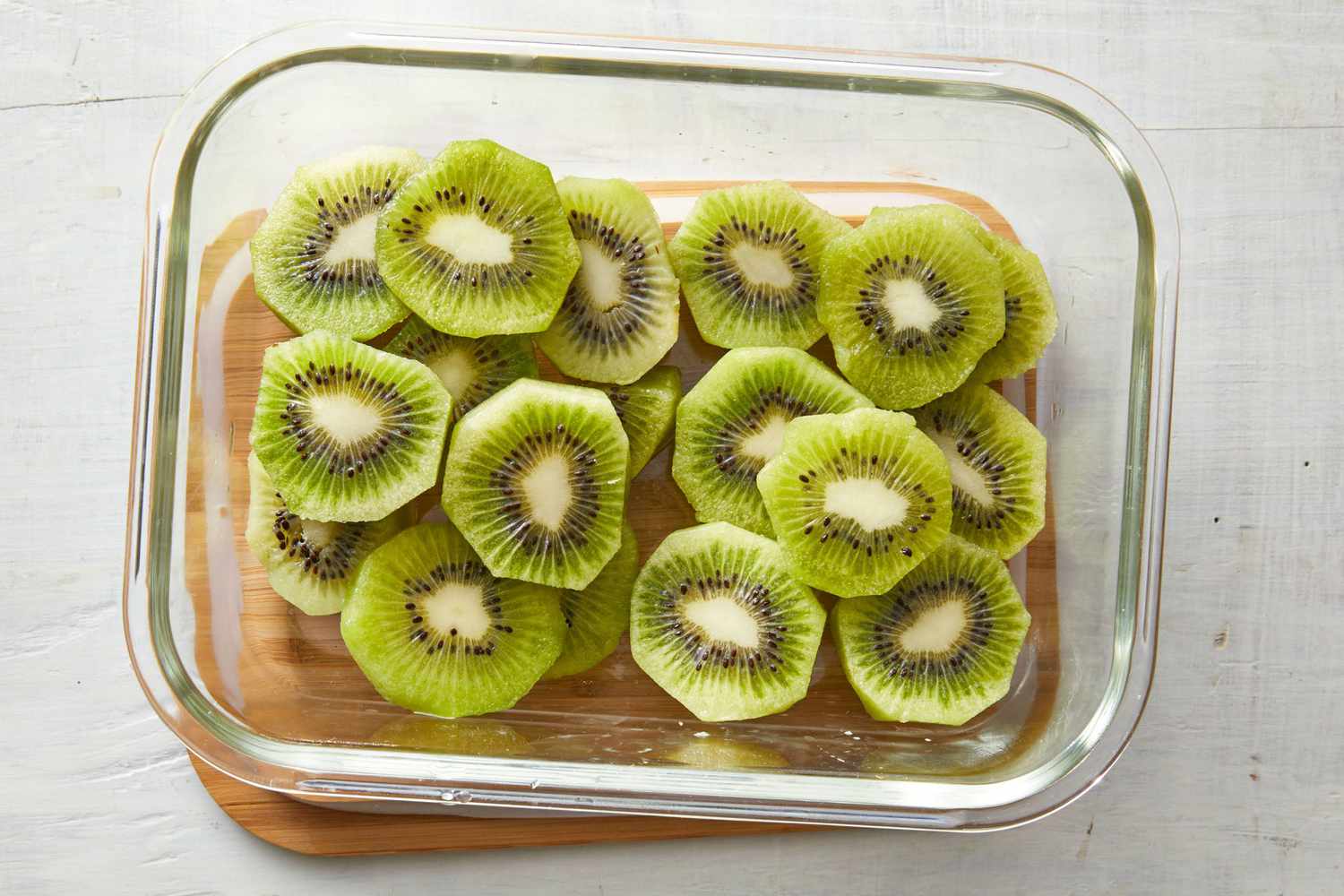
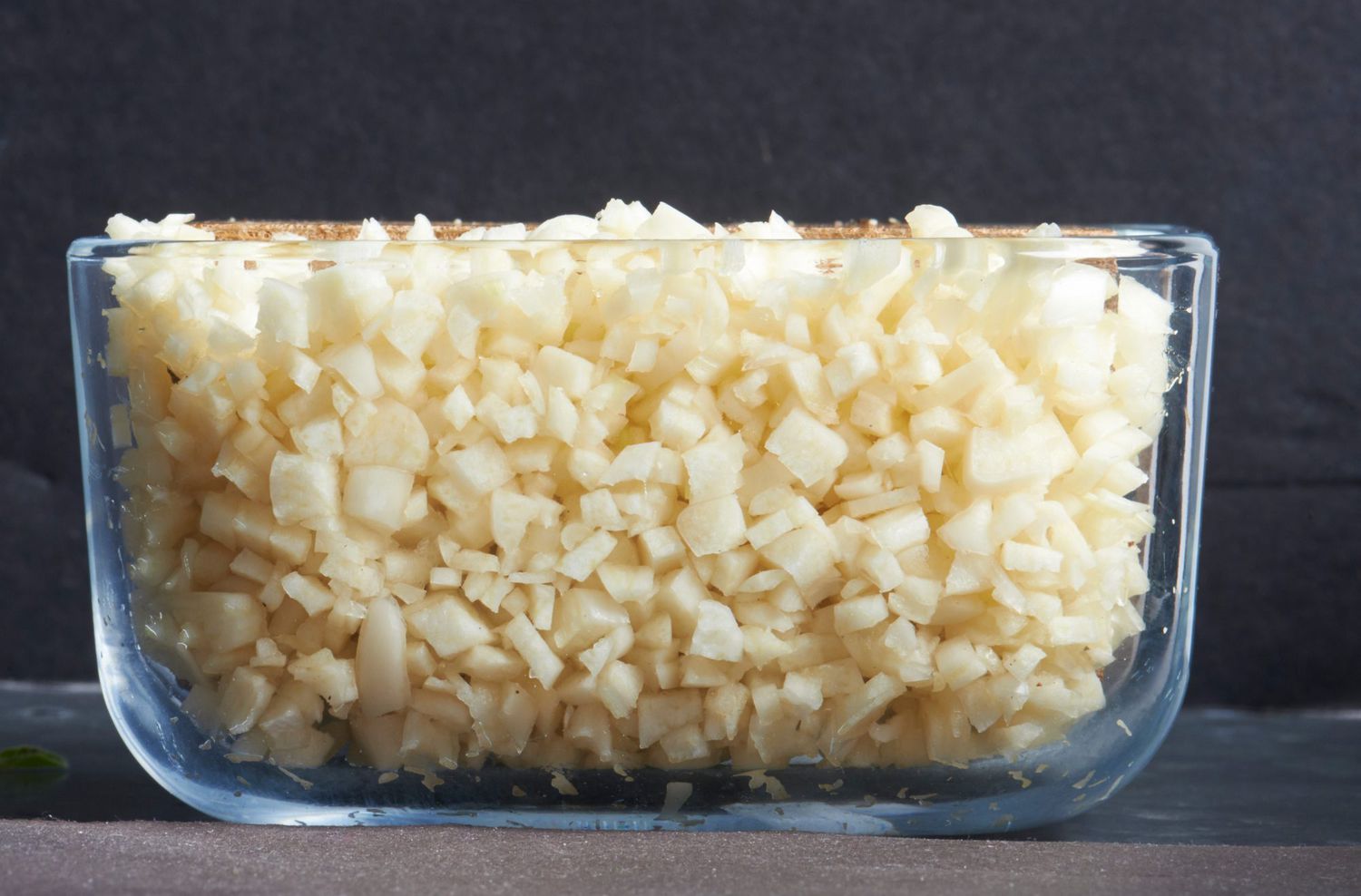

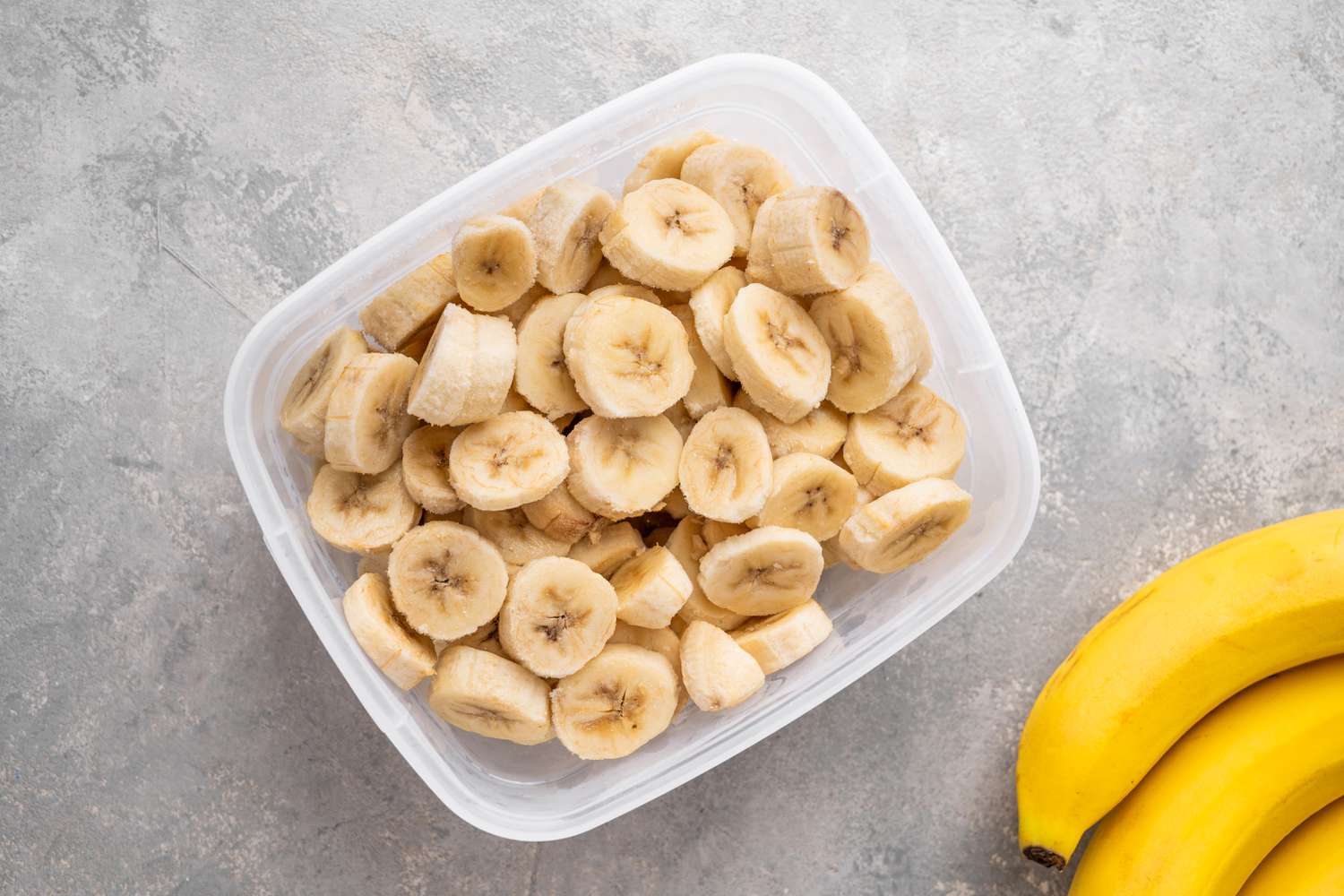
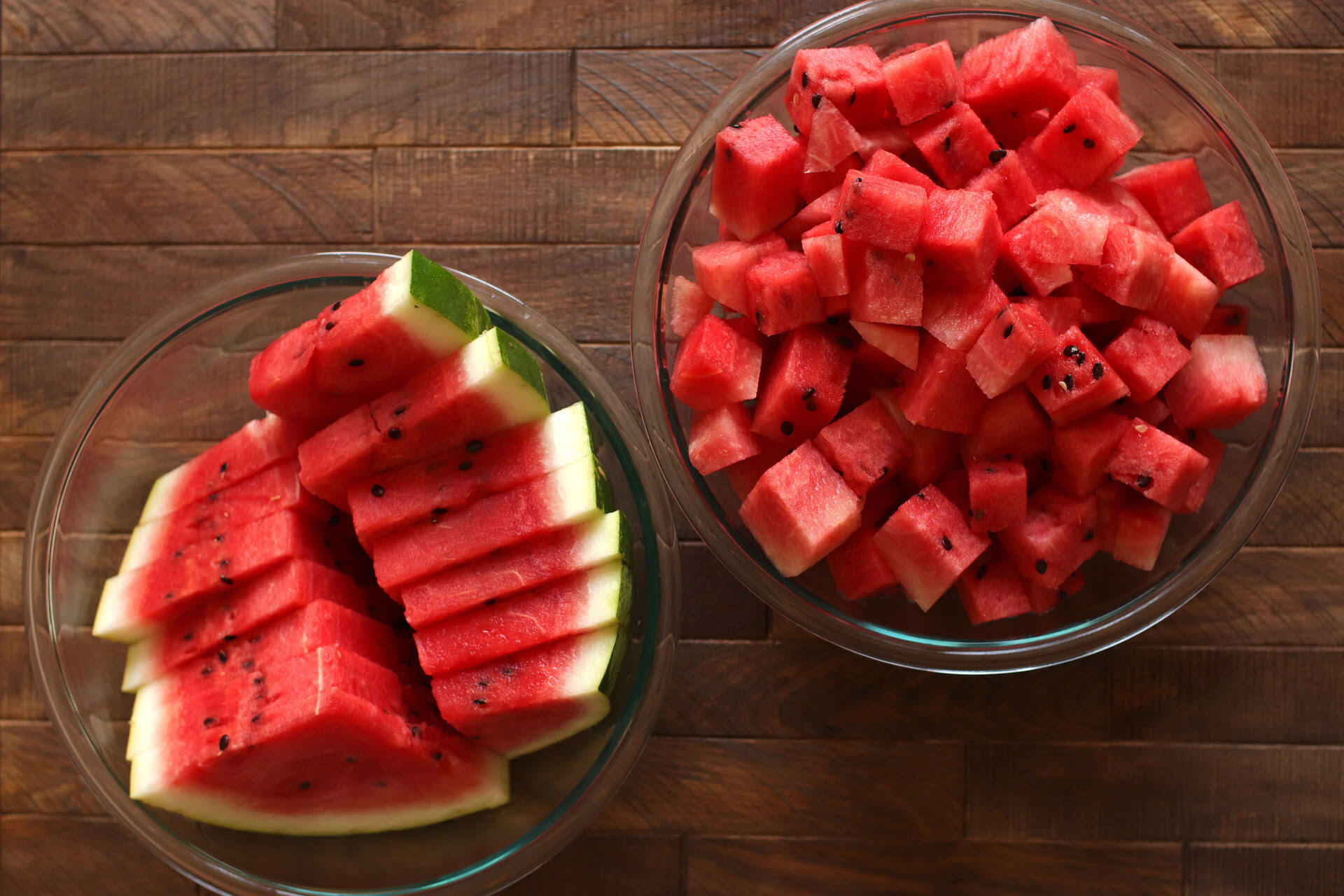
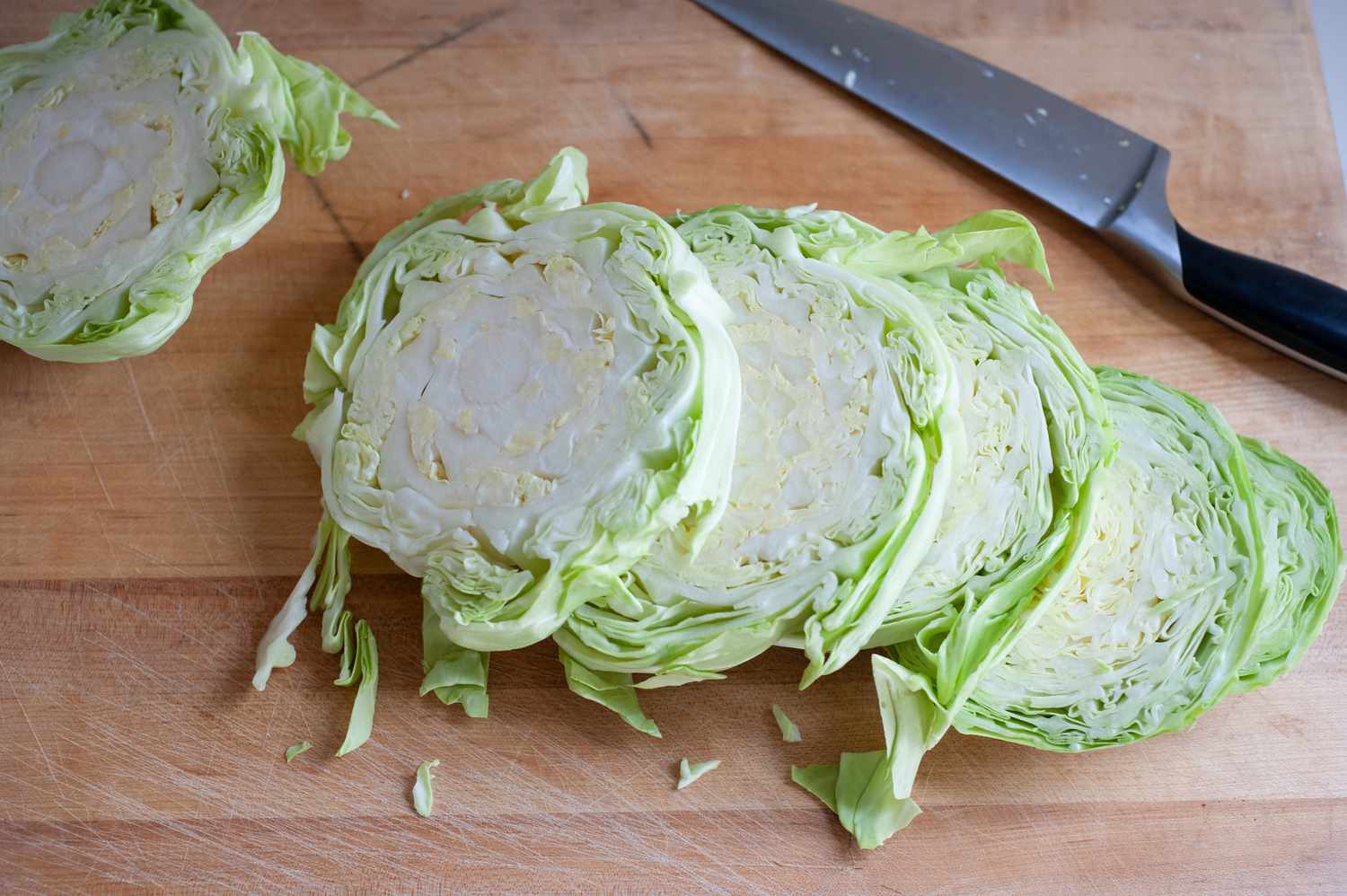

0 thoughts on “How To Store Cold Cuts”